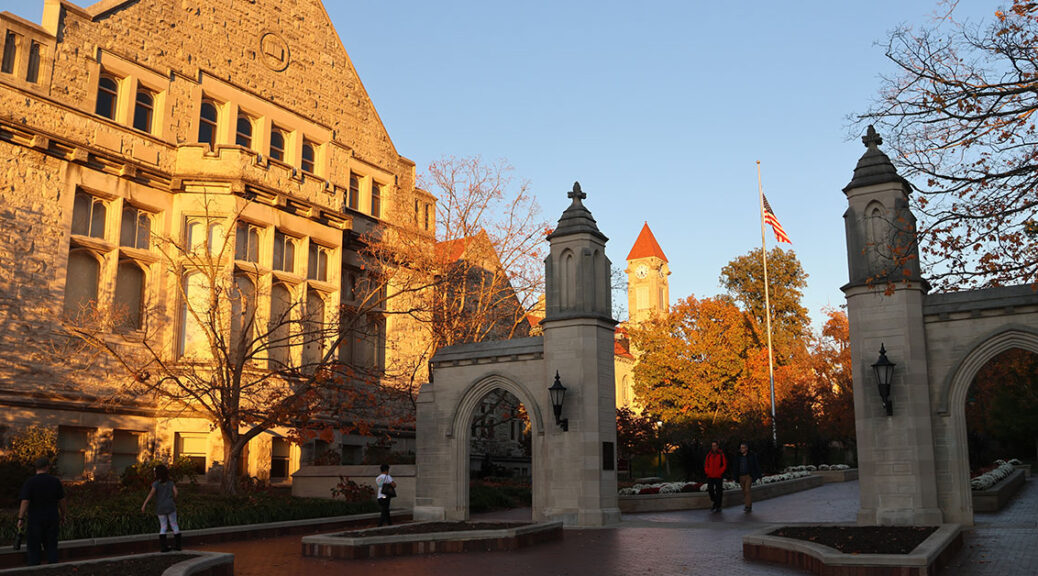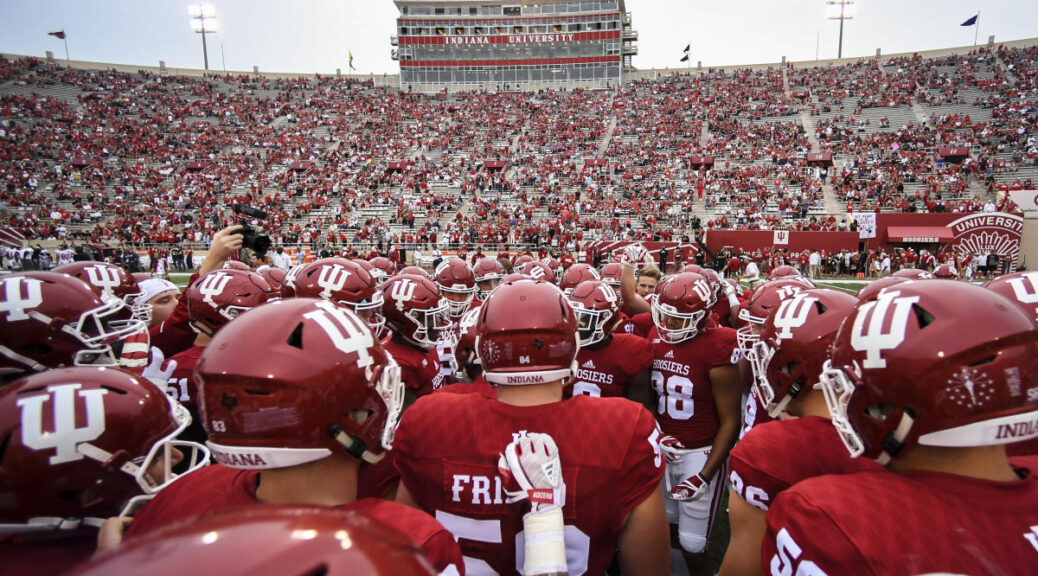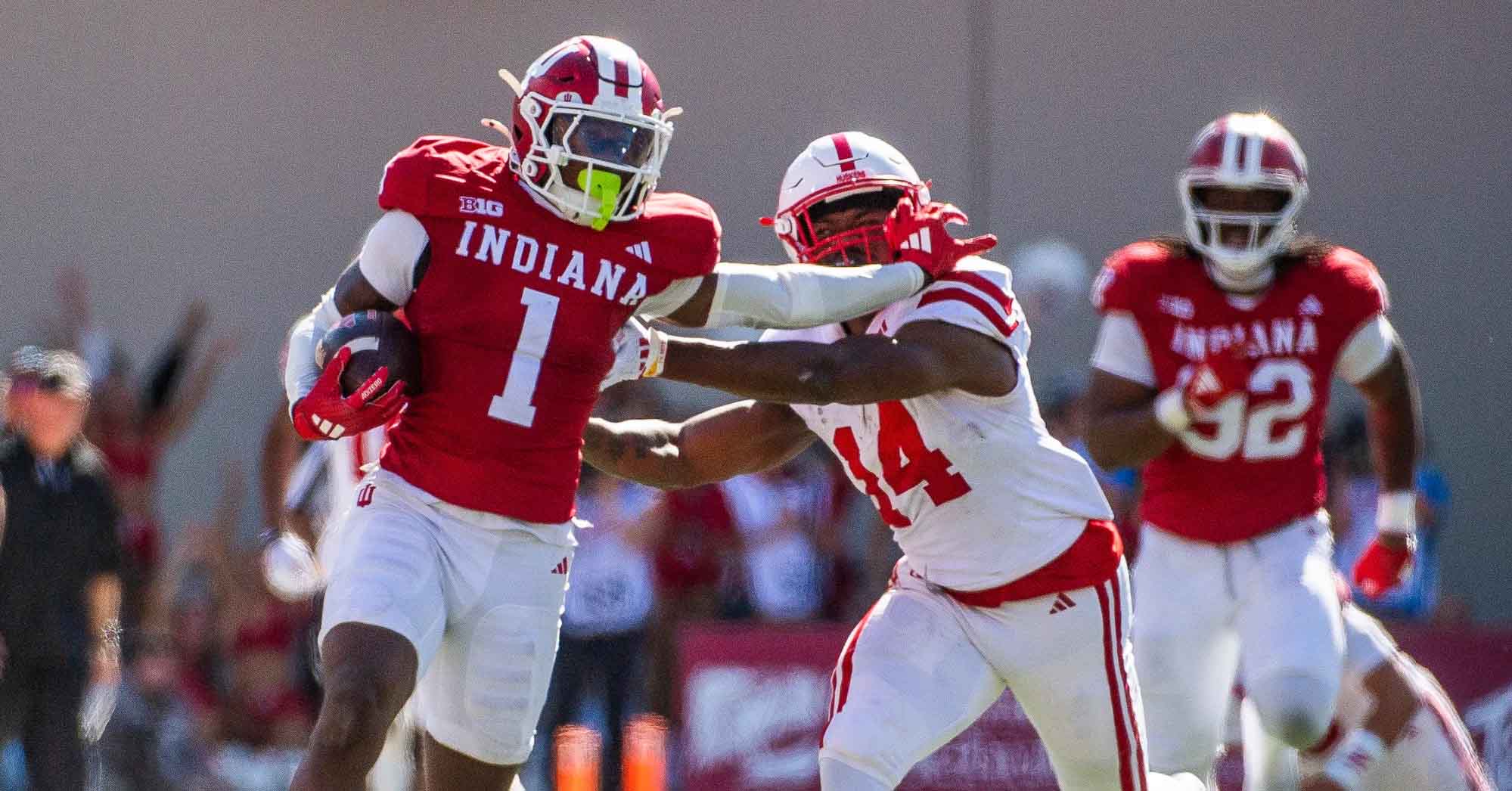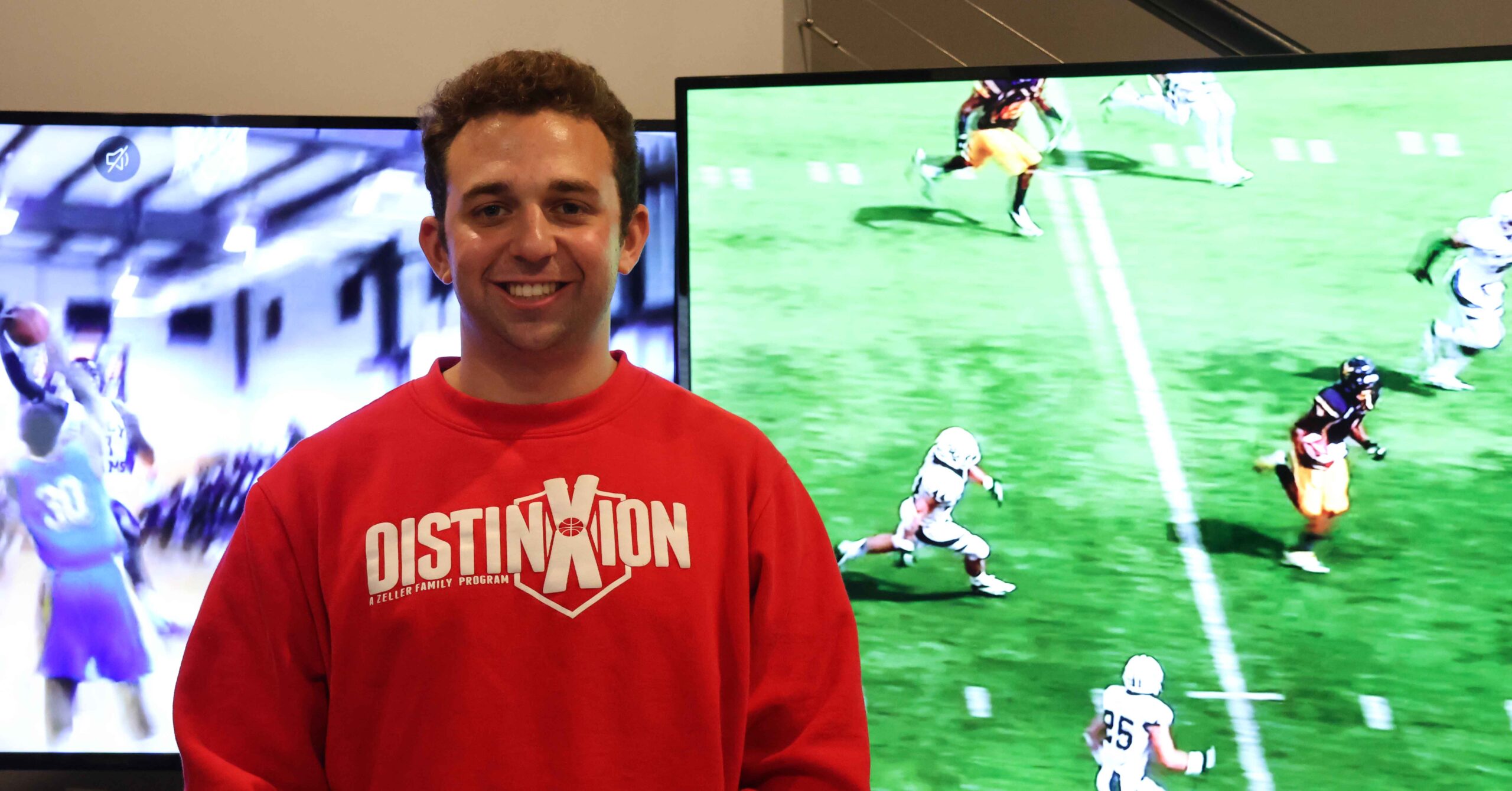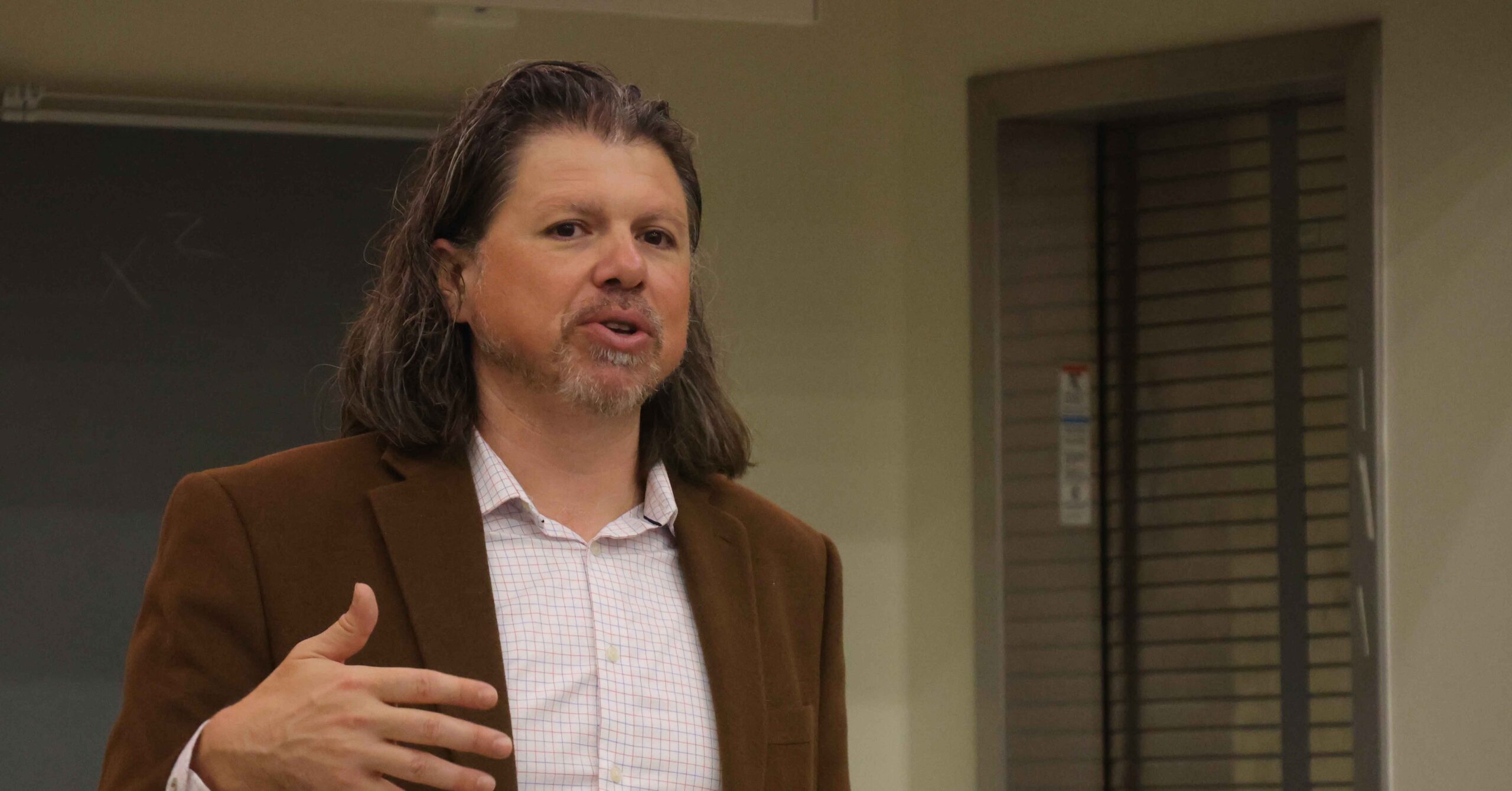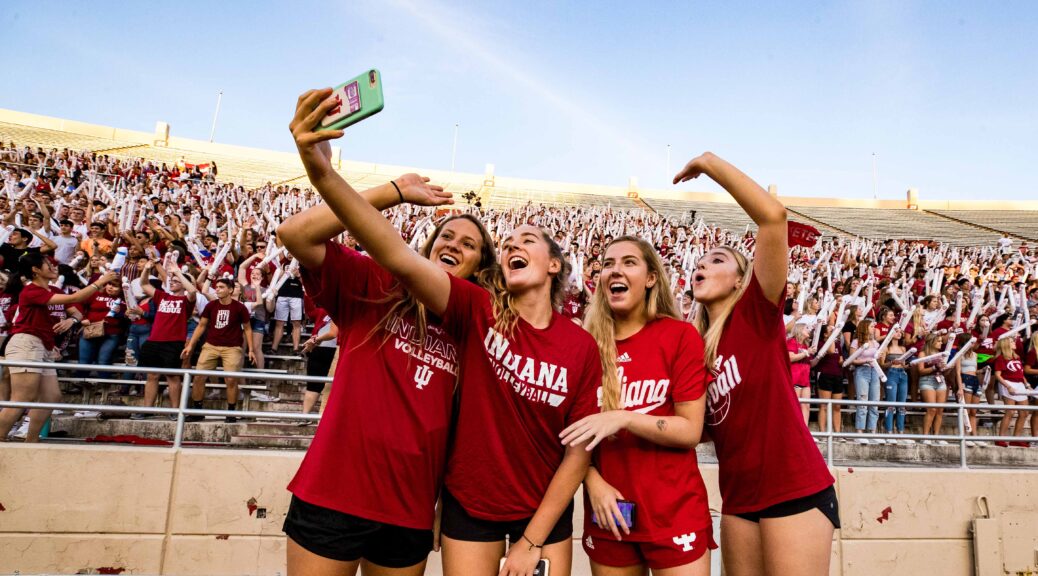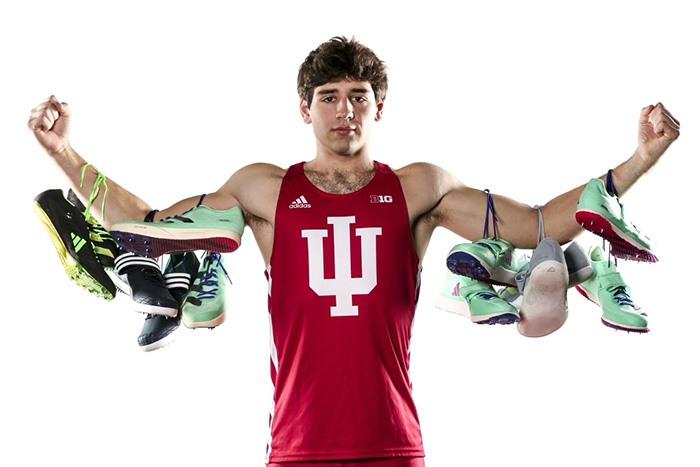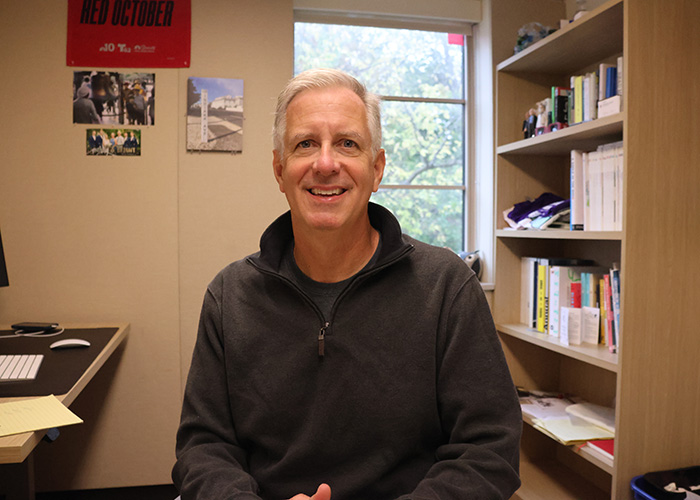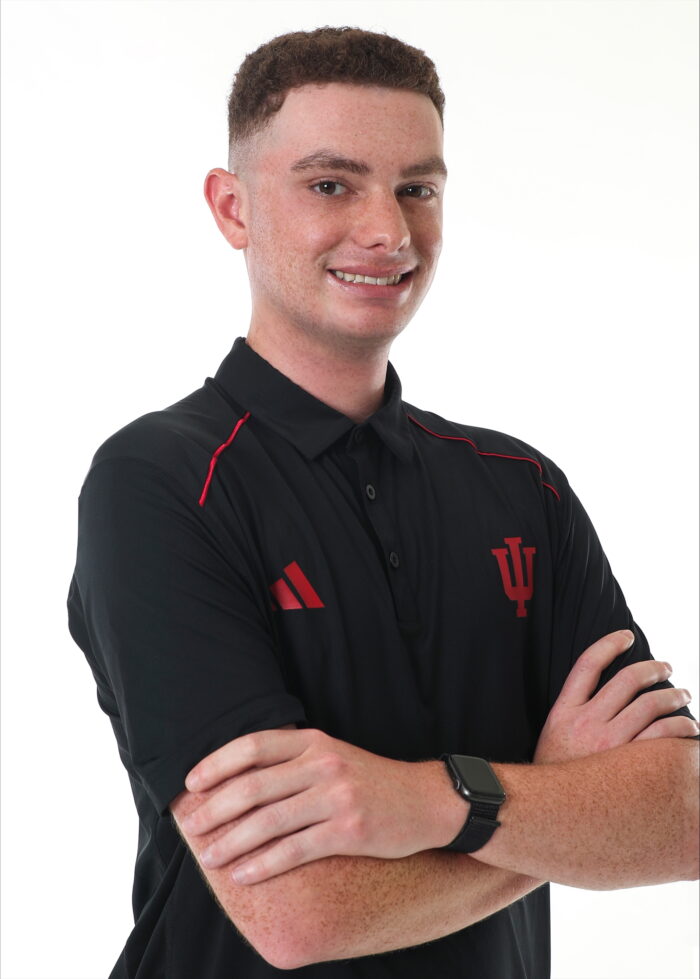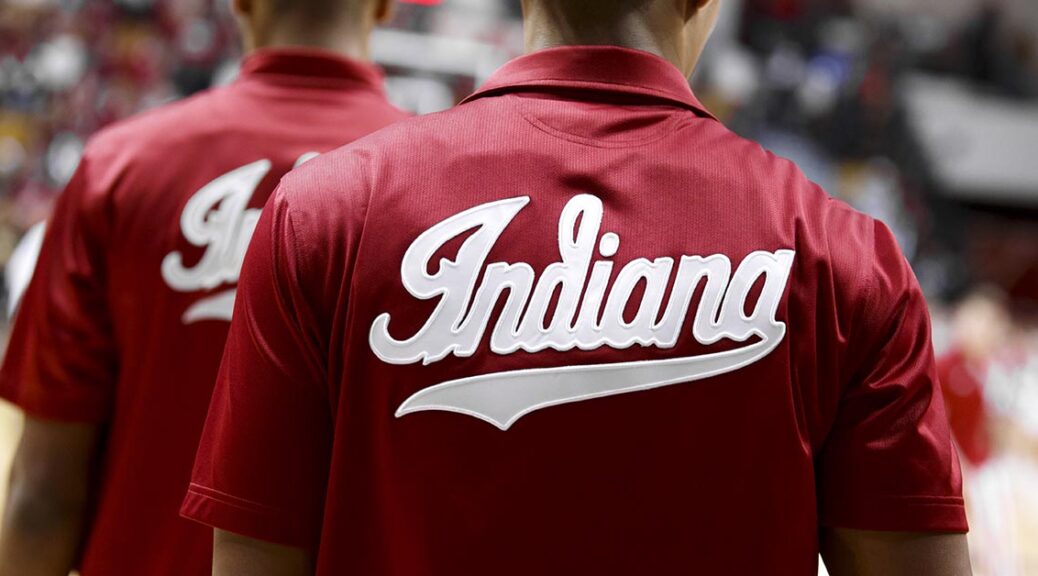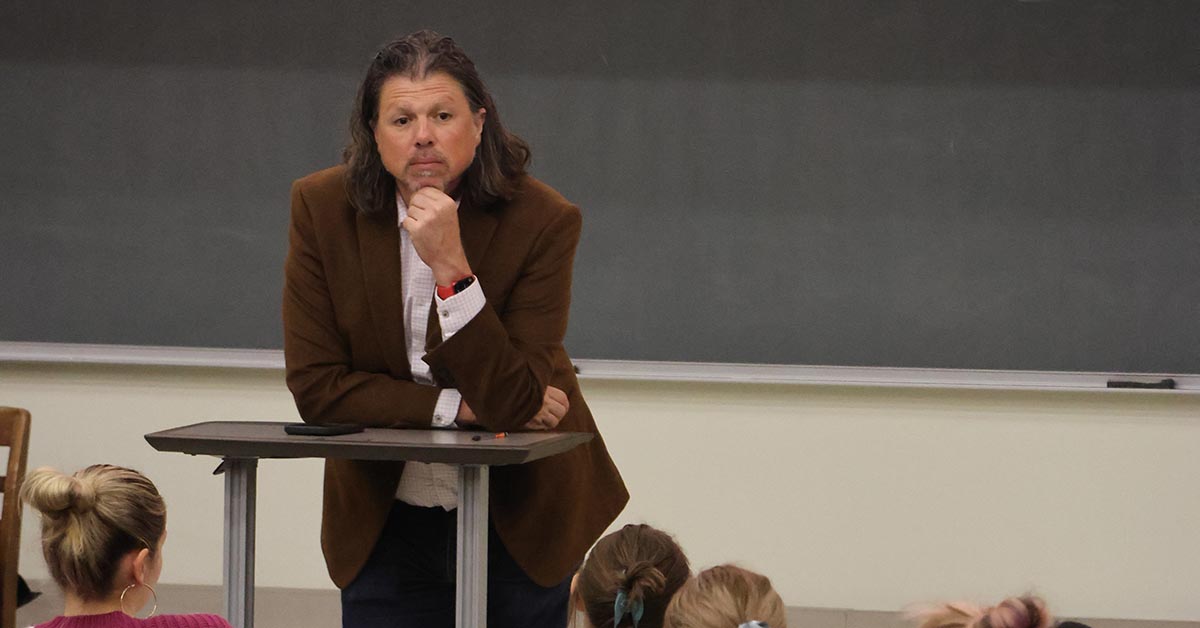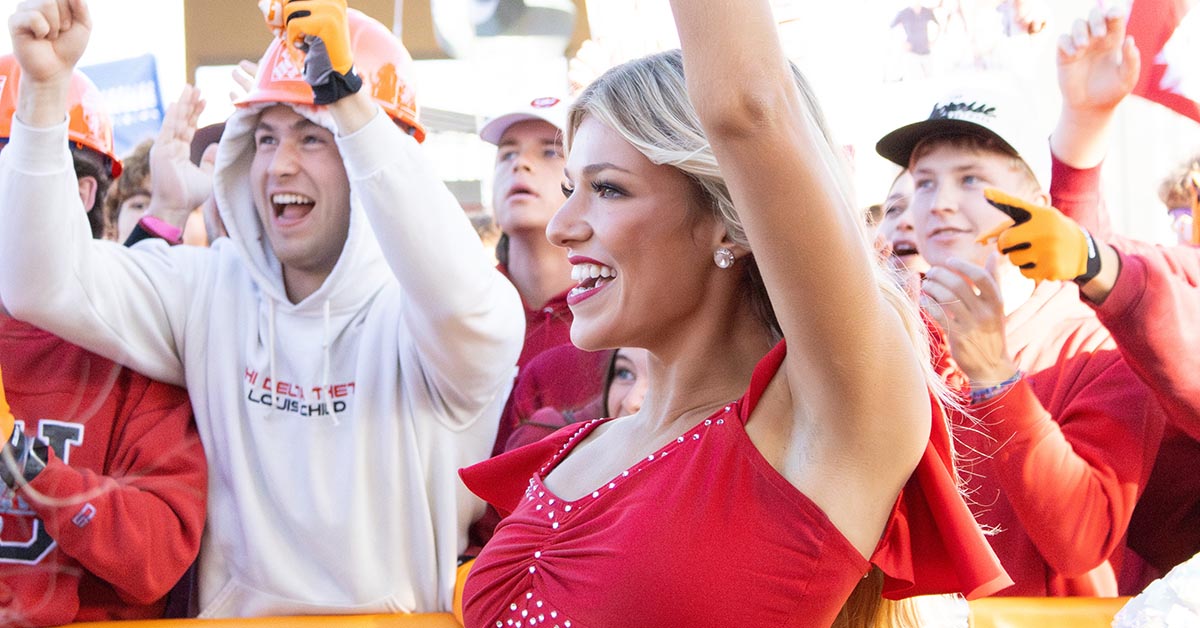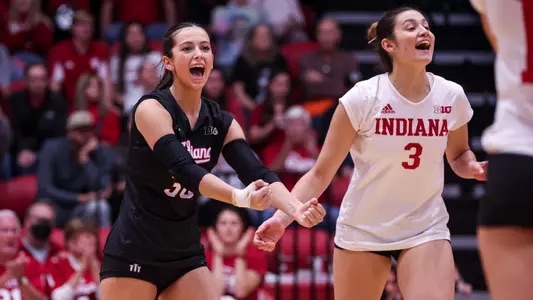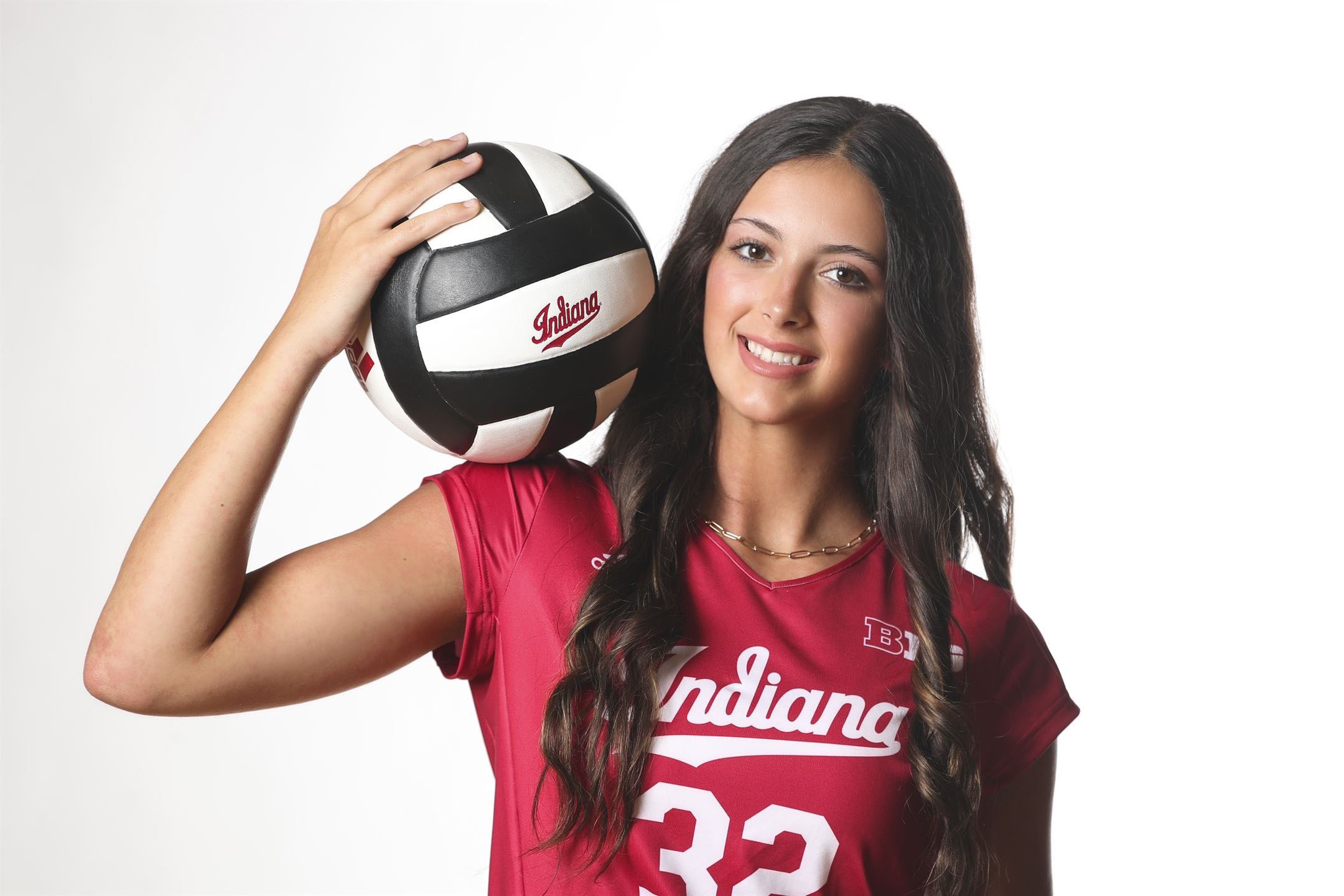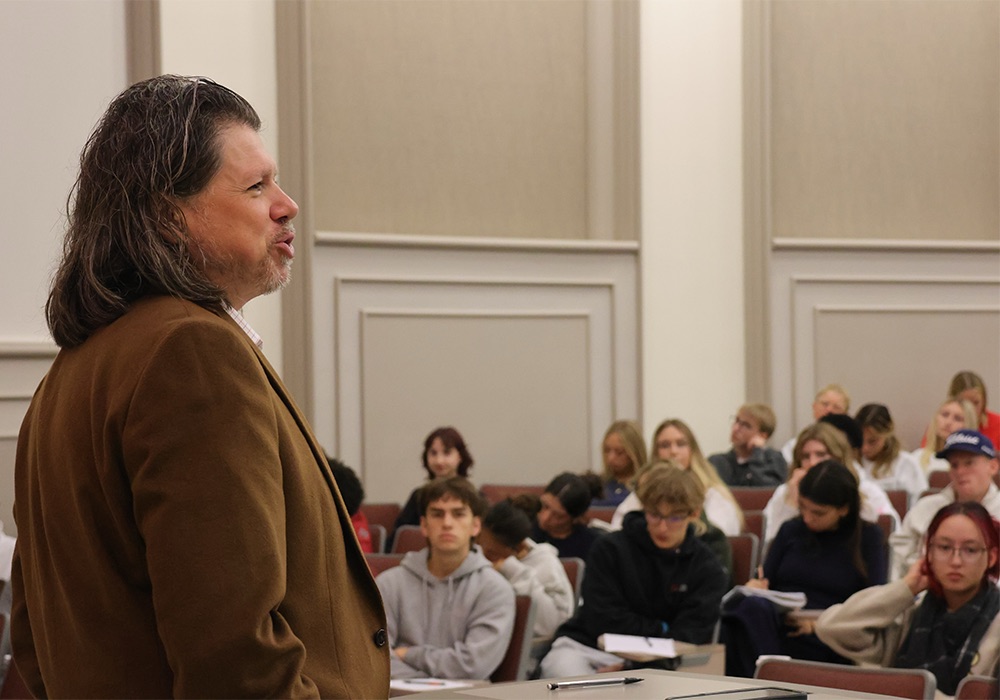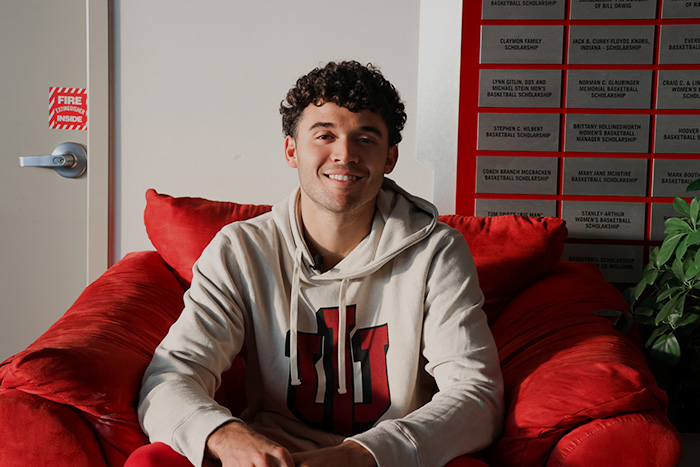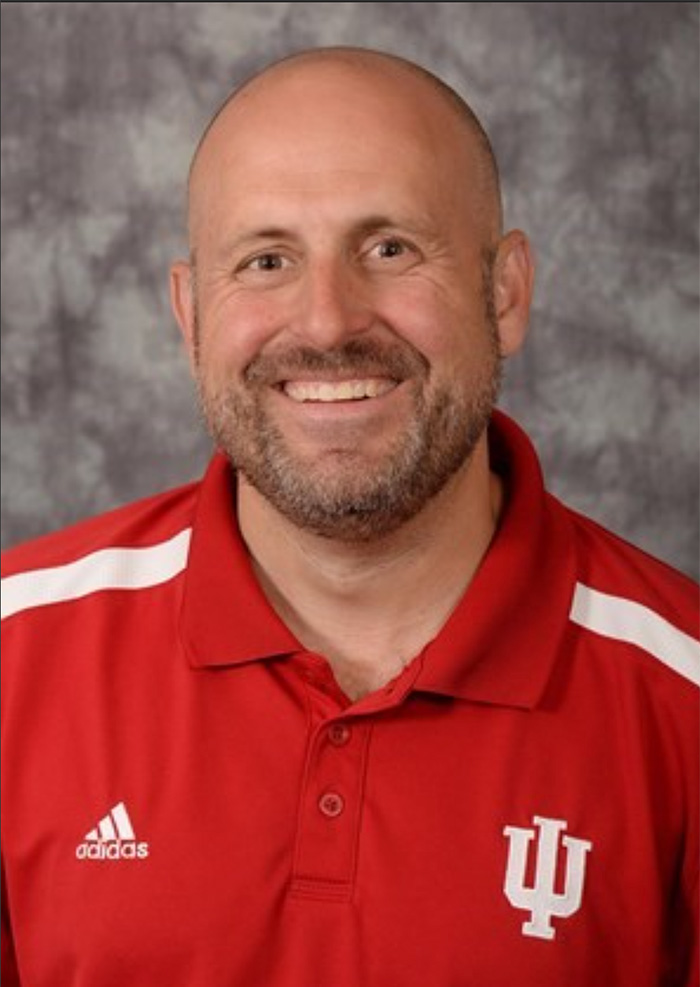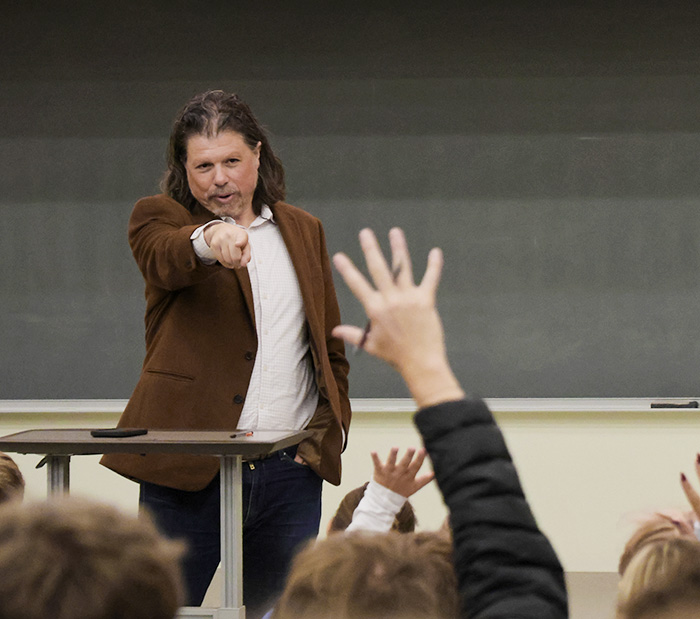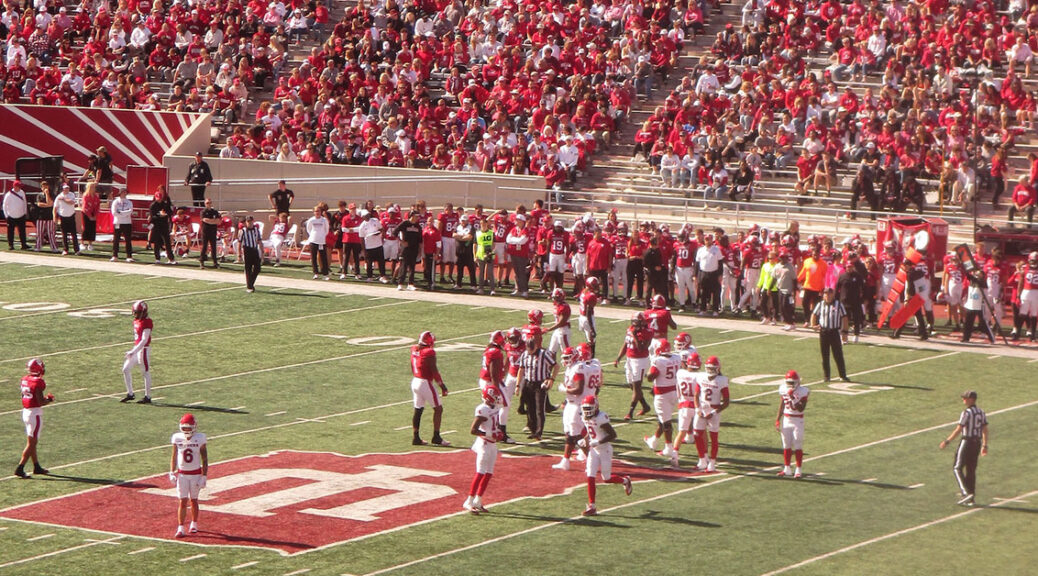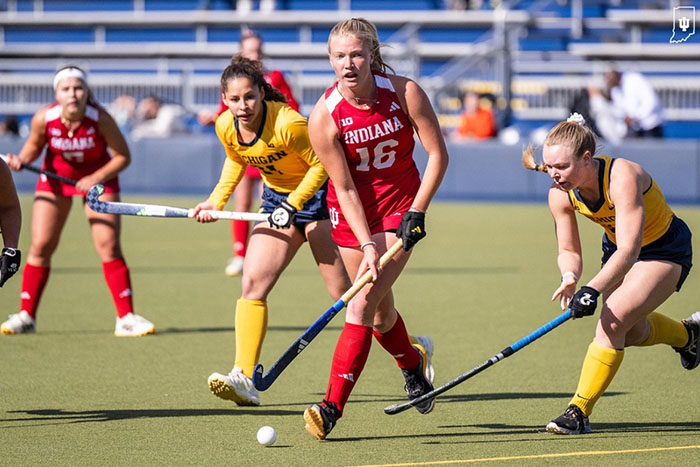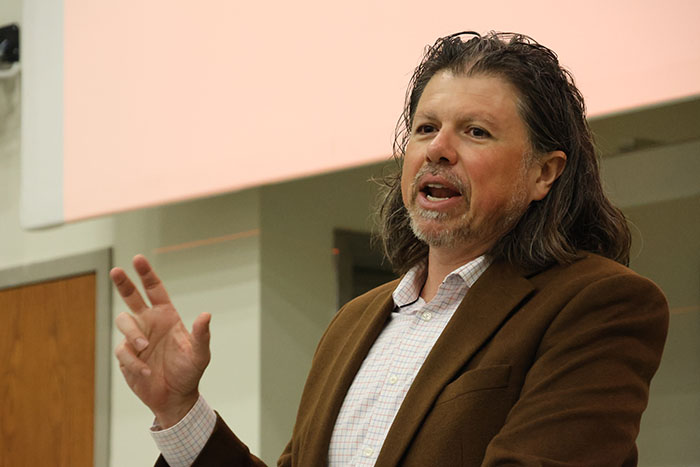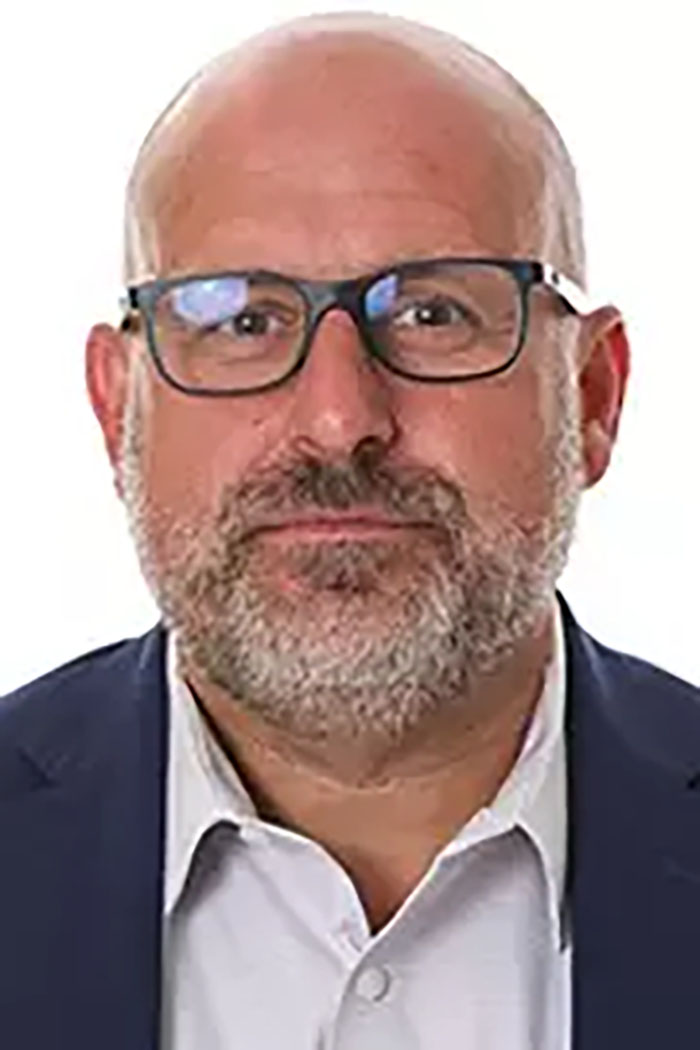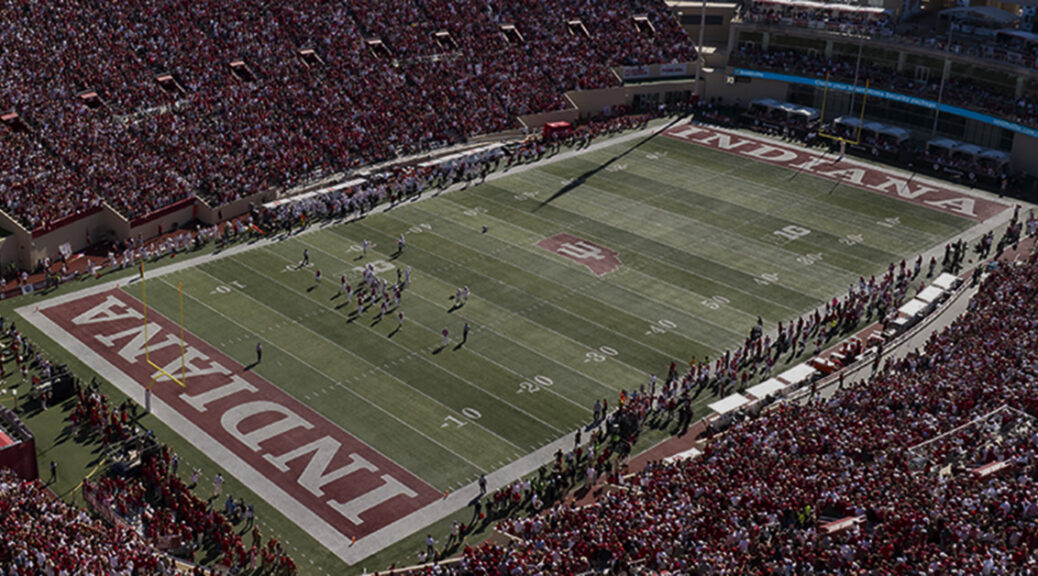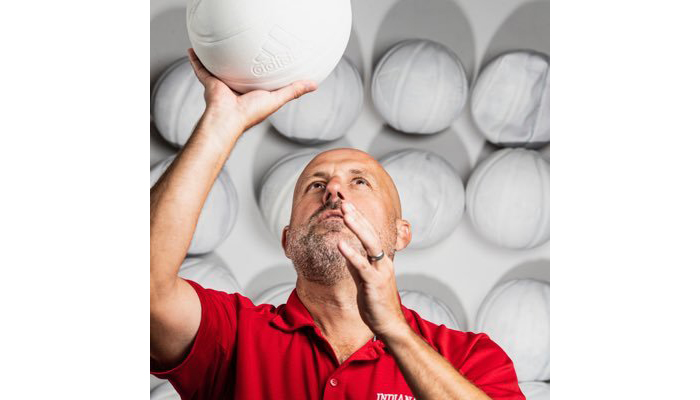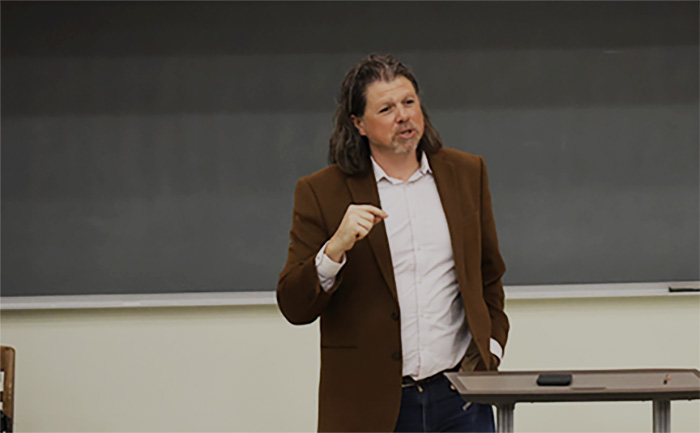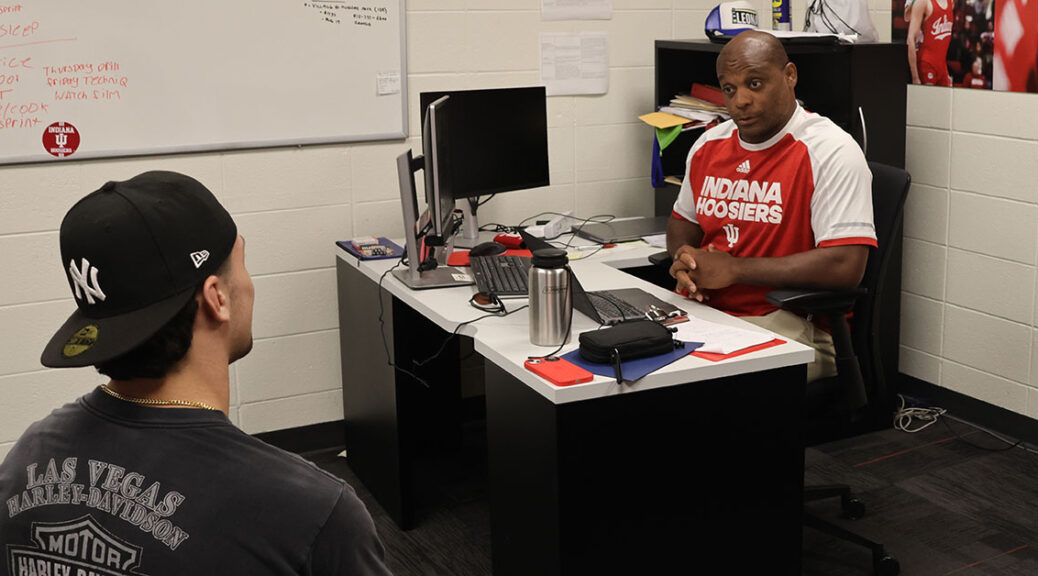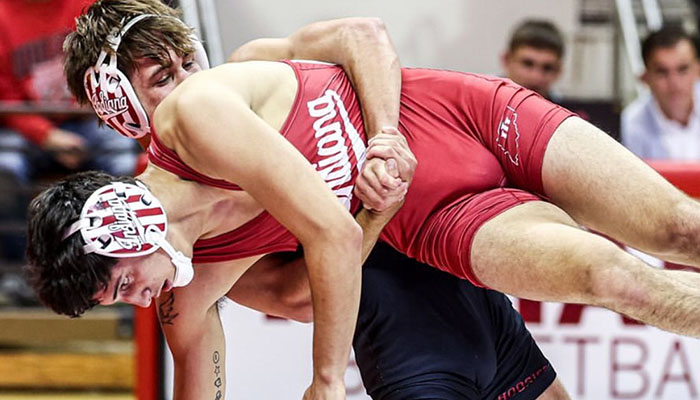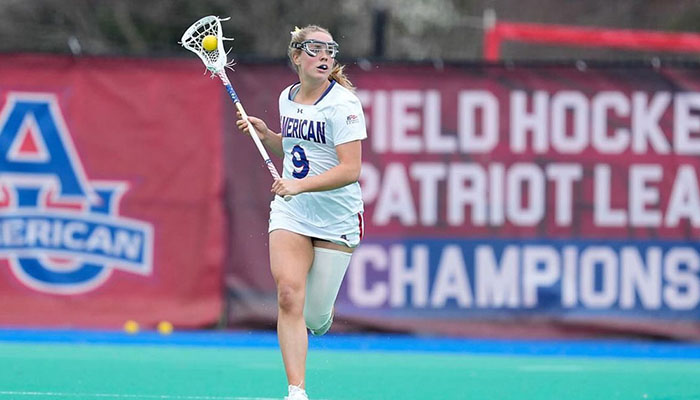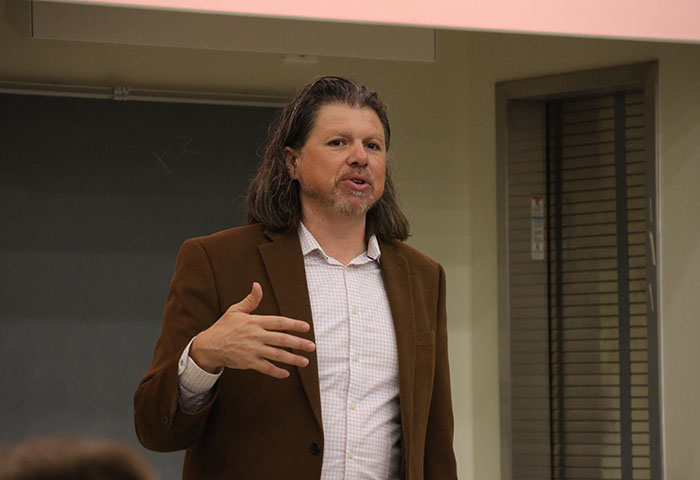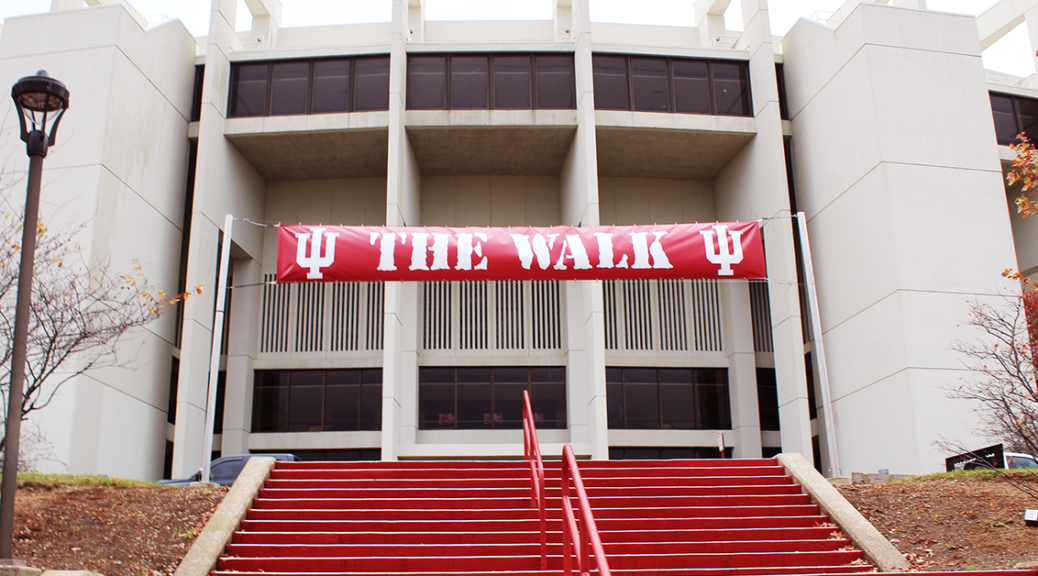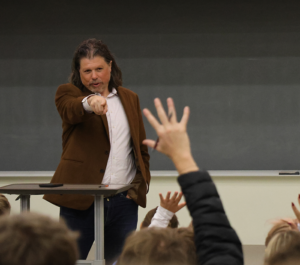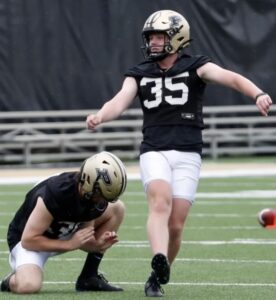NIL Decision Could Present Women With Unequal Opportunity to Benefit
- By Grace Selesky, Zachary Thompson, Nick Milentis
BLOOMIINGTON, Ind. (Nov. 5, 2024) –Breathing in the cold air, heart racing, game face on with a stick in hand, ready to break the tie and make the last shot on goal. The roars of the exciting game can be heard from outside the energized stadium. Sophia Hoover tightens up her grip holding her hockey stick, and makes a move. Her nerves are piercing through her body, as she attempts to beat the clock with fifteen seconds remaining. She makes her way toward the net with the help of her teammates, and goes for the shot.

A brief silence breaks throughout the entire arena as the buzzer blares, awaiting to see if Hoover’s shot was a success. The entire crowd and team jump to their feet, erupting in celebration for the team, they celebrate Hoover’s shot, breaking the tie for the game. After the game, Hoover took to social media to celebrate her team’s big win. As a current freshman at St. Catherine’s University, she has seen how social media plays a big role with athletes Name, Image, and likeness deals and profits. “For me as a woman in a collegiate sport the main difference between men and women’s sports isn’t competition or skill, it’s the way we get treated outside the game. In today’s society we solely run our lives through social media”, said Hoover. She is not someone who currently receives profit off of her sport, Hoover knows a lot about the gender gap that is currently at place with men and women’s sports. “Women’s sports get little to no recognition for the work in the game, therefore, no matter the results no one knows. You will see numerous accounts and posts catering to men’s sports giving them all the focus win or lose”, Hoover said.
Name, Image, Likeness, more famously known as NIL, grants high school and college athlete the opportunity and rights to be able to profit off of their own personal image. NIL allows these athletes to be able to profit off of endorsement deals, merchandising sales, advertisements, and social media sponsorships and partnerships. Although Hoover is not part of the percentage that gains profit from NIL deals yet in her career, she sees how big of an impact it has made on other athletes, changing the way we view athletes today than ever before, with most of this attention coming from social media.
Social media has also played a huge role in the likeness of athletes and different sports getting recognized more easily on a daily basis. This can be a breaking point for many athletes of today, as keeping up with their social media can be tremendously beneficial for their image as an athlete. The media is a simple and quick way of finding your favorite player on the team on social media to keep updated with them and their sport. This seems like a factor that would make the gender gap more equal, but with the more renown men’s sports having more viewership, the reality of this is going to put these sports at an advantage for their personal NIL.
NIL has also recently began to be taught in high schools and colleges. With the way the media and society is changing, it has become a vital part to teaching and learning today. Recently, Dr. Galen Clavio spoke to a Story Lab 1 class and discussed his thoughts about NIL. As we know, college sports are becoming more popular as they are publicized, and using the athletes image to help promote the school gives the opportunity to reach larger demographics and a wider audience. Dr. Clavio, along with his many other roles here, is a Sports Media Professor, and has seen and heard an immense amount of different NIL deals, including with the gender gap. Even with the most popular women’s sports, they are still not even with the men’s version of the same sport. Clavio said, “There is clearly a ground swell of spectator interest in women’s sports from where we were 10 years ago, even 5 years ago. I think that was probably always going to occur as media became more decentralized.” Media is growing everyday, and although the gender gap has gotten better, we sometimes do not even realize how most of us view men’s sports publicity more than women’s.

Clavio video clip: 17:45 – 20:21
Indiana University Athletics have recently gotten a much wider audience as of this year, with the football team currently being undefeated. This has led to leaving the other fall sports being left in the dark, even the other men’s sports. Jose Torres, a player on the school’s rugby team, has not gotten much recognition as deserved. Torres knows and understands the gap, even being in a men’s sport. “It all ties into that intensity factor. I’m sure football athletes are paid higher here than basketball athletes and it’s just because they bring more heads to the stadium,” Torres said. Although Torres understands fully why the football team has such a big audience currently, he wishes the other sports, that could be doing just as well, could be seen in such a spotlight, compared to the other men’s and especially women’s sports.

Jose Torres Interview
Social media has had the biggest impact on athletes and sports as we know today, the use of social media has increased their athletic accomplishments. Although this helps many athletes every year, the gender gap still involved within this leaves women’s sports in the shadow a lot of the time. NIL deals are much more than just a brand deal, they bring a whole new image to athletes and their career.
###


